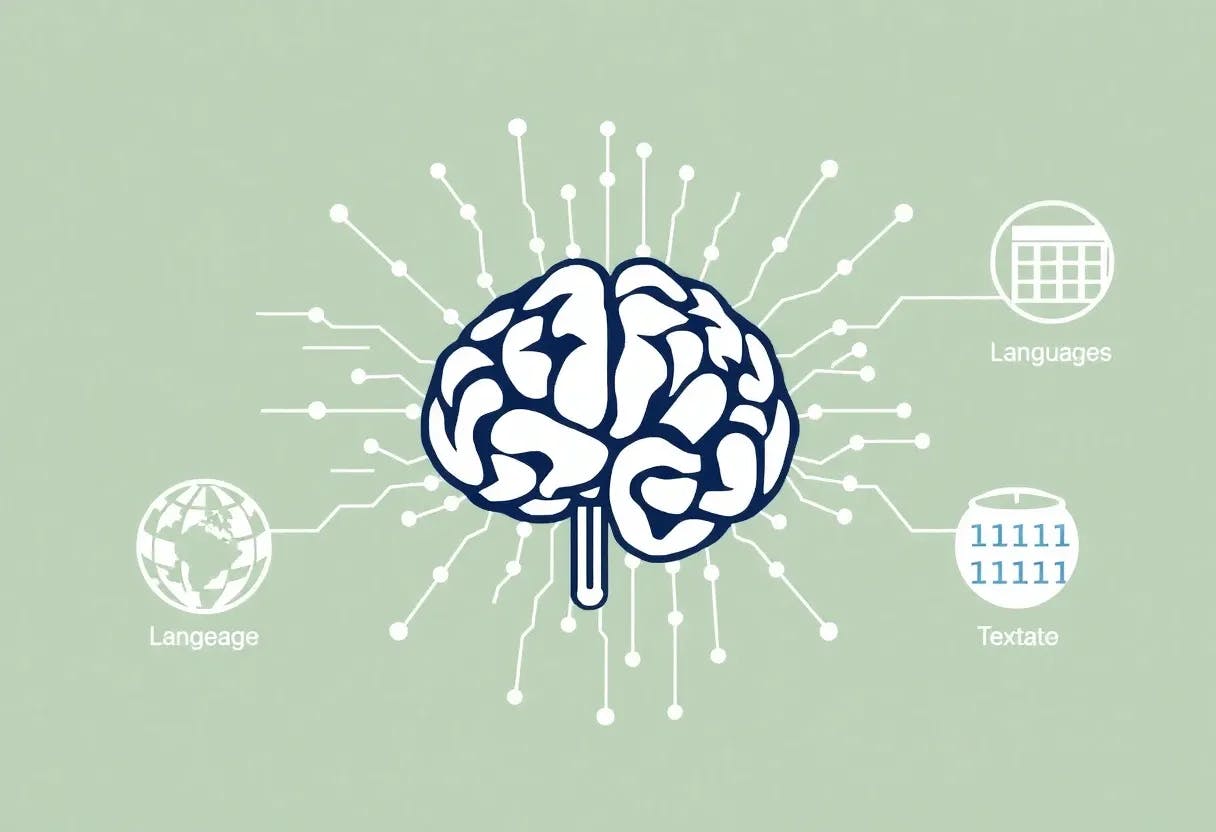Authors:
(1) Liang Wang, Microsoft Corporation, and Correspondence to ([email protected]);
(2) Nan Yang, Microsoft Corporation, and correspondence to ([email protected]);
(3) Xiaolong Huang, Microsoft Corporation;
(4) Linjun Yang, Microsoft Corporation;
(5) Rangan Majumder, Microsoft Corporation;
(6) Furu Wei, Microsoft Corporation and Correspondence to ([email protected]).
Table of Links
3 Method
4 Experiments
4.1 Statistics of the Synthetic Data
4.2 Model Fine-tuning and Evaluation
5 Analysis
5.1 Is Contrastive Pre-training Necessary?
5.2 Extending to Long Text Embeddings and 5.3 Analysis of Training Hyperparameters
B Test Set Contamination Analysis
C Prompts for Synthetic Data Generation
D Instructions for Training and Evaluation
4.4 Multilingual Retrieval

![Table 3: nDCG@10 on the dev set of the MIRACL dataset for both high-resource and low-resource languages. We select the 4 high-resource languages and the 4 low-resource languages according to the number of candidate documents. The numbers for BM25 and mDPR come from Zhang et al. [53]. For the complete results on all 18 languages, please see Table 5.](https://cdn.hackernoon.com/images/fWZa4tUiBGemnqQfBGgCPf9594N2-vs930cg.png)
This paper is available on arxiv under CC0 1.0 DEED license.

